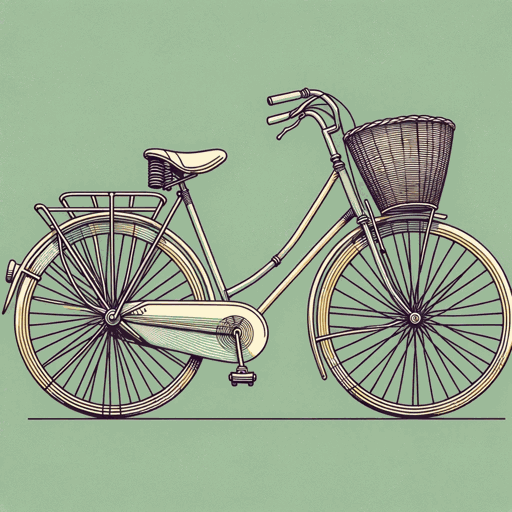27 pages • 54 minutes read
Chinua AchebeCivil Peace
Fiction | Short Story | Adult | Published in 1971A modern alternative to SparkNotes and CliffsNotes, SuperSummary offers high-quality Study Guides with detailed chapter summaries and analysis of major themes, characters, and more.
Symbols & Motifs
Jonathan’s Bicycle
The first symbol readers encounter is the bicycle, which represents hope, renewal, survival, and movement toward the future. Jonathan digs up his bike from its hiding place in the graveyard and is happy to find it in good condition. He refurbished it by greasing it with palm oil and opens a taxi service. The bicycle carries him out of desperation, propelling him into the future and earning him enough money to invest in a bar and provide a degree of security for his family. The bicycle represents the power to reimagine. Like the bicycle, other things were damaged in the war: houses, people, and businesses. Like the bicycle, they needed to be restored. With grit and hopeful determination, Jonathan was able to refurbish his bicycle and reimagine his life.
Doors and Windows
When Jonathan discovers his house, he is happy to find it mostly intact except for the doors and windows, which are missing. For 50 Biafran pounds, he replaces them. Like the title “Civil Peace,” the doors and the windows have dual meanings—an open door can represent opportunity, movement, and transition, while a closed one can represent imprisonment. By installing the door, Jonathan also establishes his movement from the past to the future.
Related Titles
By Chinua Achebe
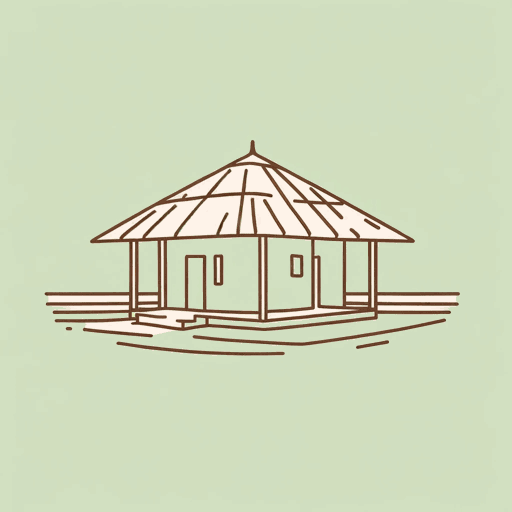
A Man of the People
Chinua Achebe

Anthills Of The Savannah
Chinua Achebe
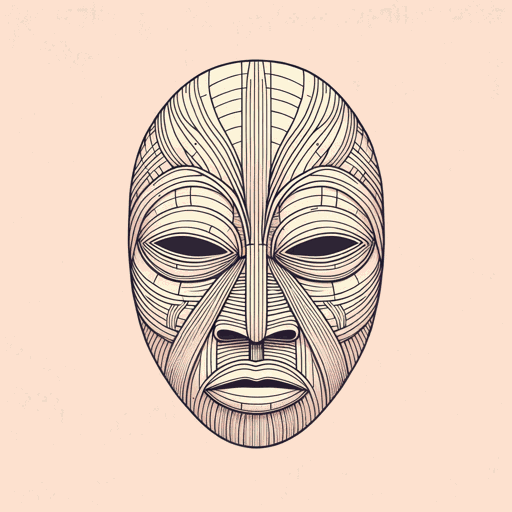
Arrow of God
Chinua Achebe
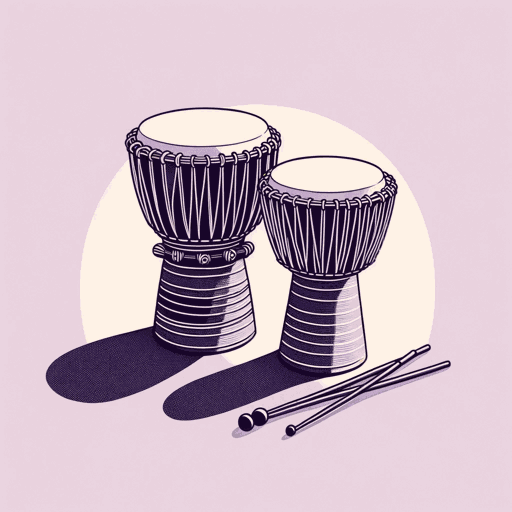
Beware Soul Brother
Chinua Achebe
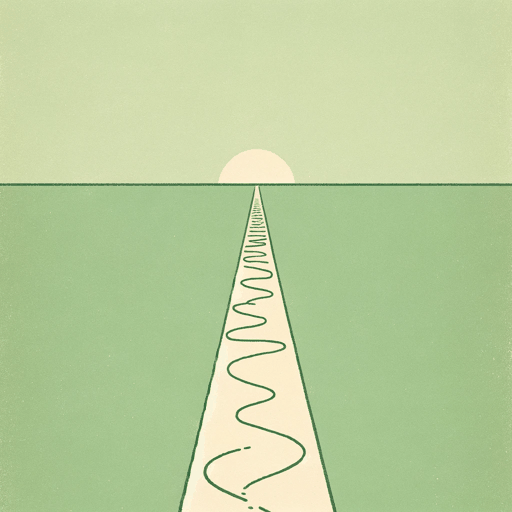
Dead Men’s Path
Chinua Achebe
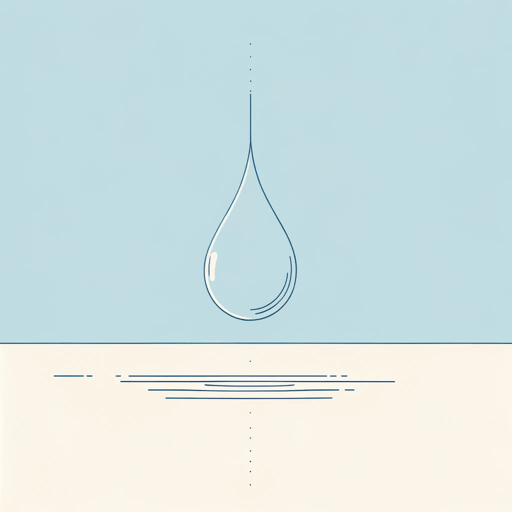
Marriage is a Private Affair
Chinua Achebe
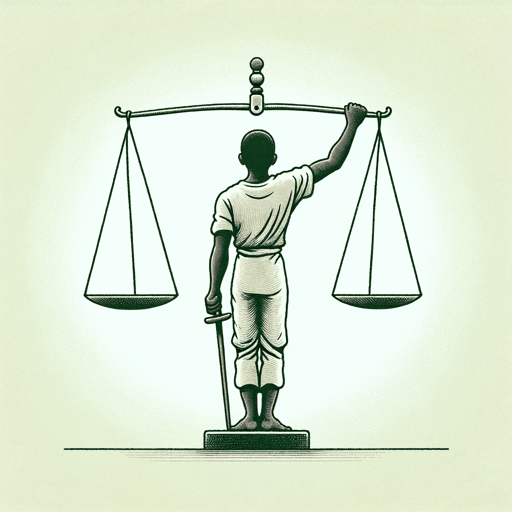
No Longer at Ease
Chinua Achebe

There Was a Country
Chinua Achebe
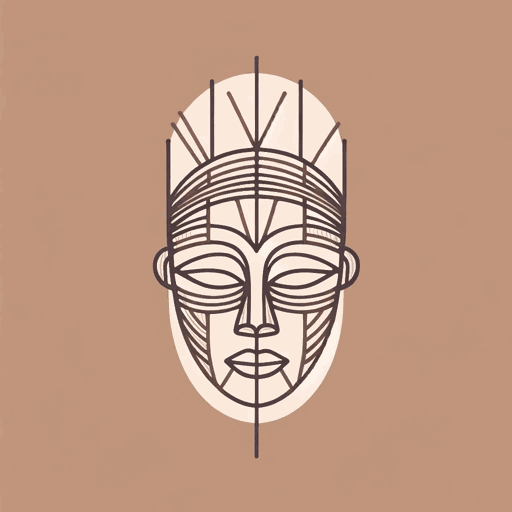
Things Fall Apart
Chinua Achebe
